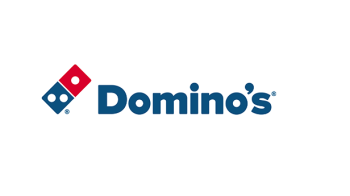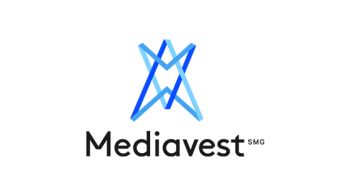24/7 Search: OMD's key takeouts from IAB Search 2017
James Sheldon
OMD's Senior Search Planner, James Sheldon went to IAB’s Search 2017: 24/7 Search conference last month to find out more about the latest thinking from a range of key industry players.
We began with Sam Fenton-Elstone, Chief Digital Media Officer at VCCP Media saying, “it’s a nice sunny day and we are inside a windowless room talking about Search.” The auditorium, situated in the middle of the building, had numerous TV screens on the walls and the ceiling was cloaked in strip lighting. I almost got the feeling that Batman might soon be returning to his lair after a night fighting crime.
Sam argued that Search is no longer a channel: it is an intrinsic human behaviour. He explained that Search is prolific and, as visualised in a Wheel of Search, some brands even become access points themselves – think ASOS, Skyscanner and Argos.
Clearly, this dispels the notion that Google dominates Search. Search marketers all know the figures: Google has almost 95% of the search engine market share, depending on which source, but it does not own Search completely as people now search for information through various ways such as apps, social media and video content.
Conversely, Harry Davies, Marketing Leader at Google UK, not surprisingly stated that everything starts with Search. He began by saying more people now access the internet more often with 87% of them turning to Search in their first moment of need.
Key reasons people use Search
One of his main points, which was also reiterated several times throughout the day, was that the attention span of consumers has got shorter. Indeed, at least two presentations featured goldfish to drive home this point. Whilst 18% of people expect a website to load instantly, Google recommended that the top limit should be around 2 seconds. Most retail sites have an average 3.8 seconds wait time, so there is room for improvement.
After lunch, we returned to the Batcave. For the afternoon session, Aaron McGrath, Sales Director at Bing Ads, covered the main ways that Search will evolve. Through predictive search, textless and screenless search, image searching, and face recognition, Search will become more personalised, immersive, situationally relevant and interactive.
When Microsoft HoloLens browsing is brought to physical reality consumers will potentially see how products, like furniture, can fit into their home. Moreover, the uptake in voice search will mean that 50% of all Search will come through voice by 2020 (Bing).
The final presentation was delivered by Scott Abbott, Head of Product for Paid Search at iProspect, describing how user behaviour has changed. The increase in searching on mobile and through voice search is clearly changing the way people search. For example, the number of ‘near me’ queries within retail has risen by 200% YoY.
He went on to suggest that as voice search becomes more prevalent it is important to keep in mind that these types of searches are generally more ‘long tail’. Quite a few people say ‘please’ and ‘thank you’ to Siri!
Overall the three main themes across the presentations were the importance of speed for a website, adopting a strategy for voice/visual search and understanding how consumer behaviour is changing. Undoubtedly, it is imperative for us to be adaptive since Search is constantly evolving and is likely to look very different in five years time.
Related content
The importance of decoupling display KPIs from search
Learn moreHumanising Search
Learn moreThe future of search lies in the power of suggestion
Learn moreKey current trends in search - a takeaway guide
Learn more
Fast forward to 2030 with Futurescape
An in-depth exploration of the attitudes, innovations and media shifts that will shape the years ahead and redefine how we advertise by the turn of the decade



